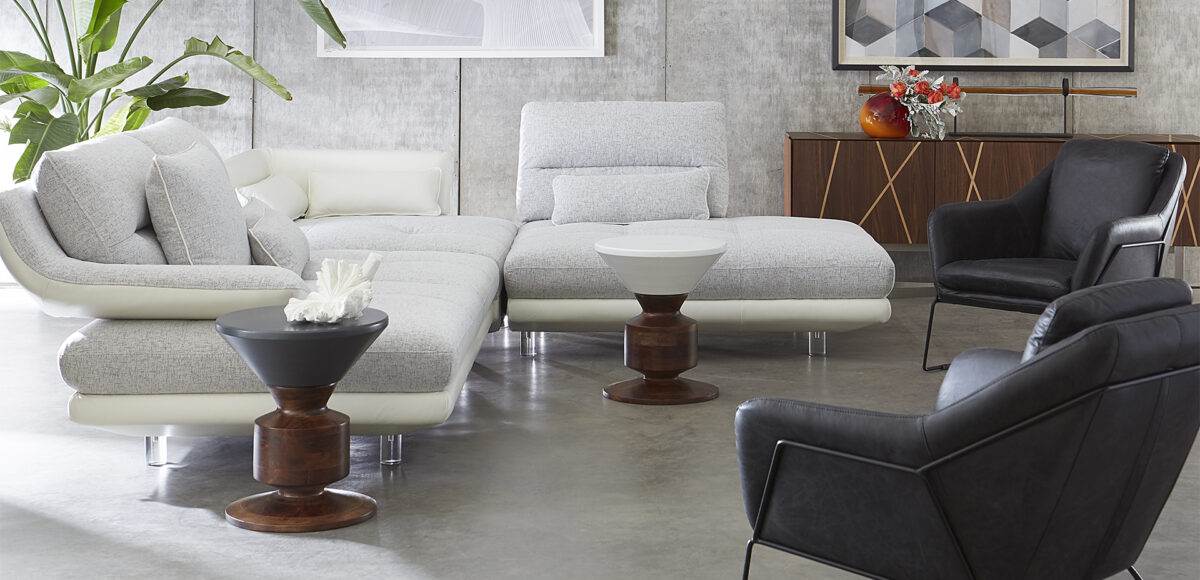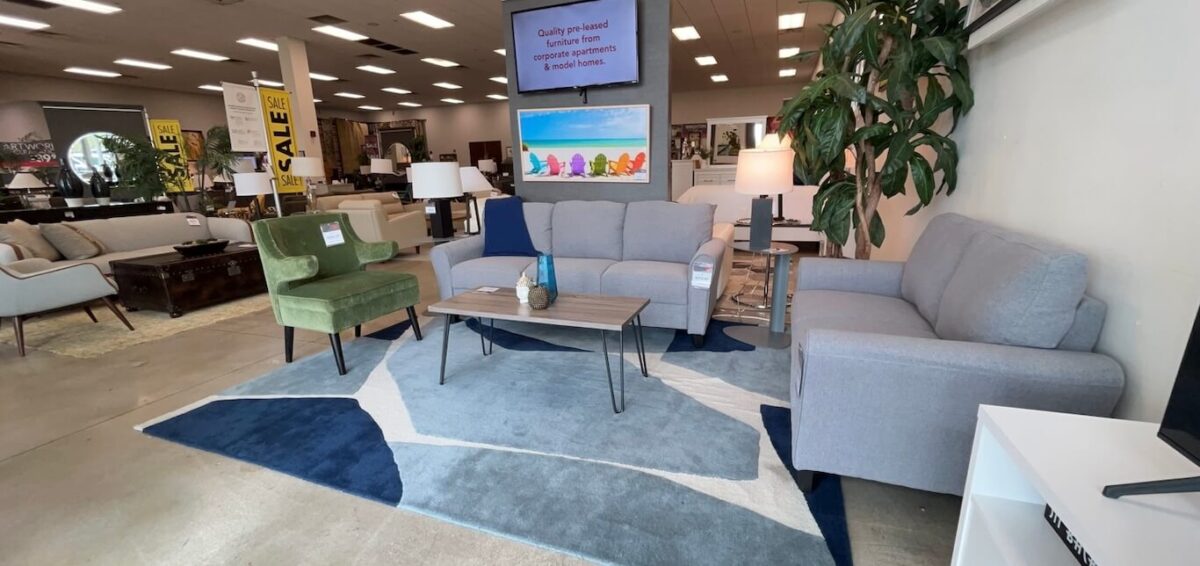Creating an ergonomic and practical living space can be exciting and challenging. On one hand, it’s an opportunity to breathe new life into your home. On the other hand, it can be tough to balance aesthetics with functionality.
An ergonomically designed home allows you to maintain your style and lifestyle without being hindered by uncomfortable furniture or impractical layouts. Ready to create a beautiful space that lends itself to comfort? Take things up a notch with these design tips.
Why Choose a Functional, Ergonomic Design?
An ergonomic design, meaning how a space and its furnishings contribute to comfort and bodily support, is more essential than you might think. While selecting visually appealing furniture items and layouts is easy, a purely aesthetic space isn’t always the most relaxing. Alternatively, a utilitarian design, which prioritizes strict function and utility over style, may not be the right fit for someone looking to accomplish both.
Fortunately, with a functional interior design, you can create a stylish environment while still enjoying the benefit of comfortably performing daily routines. It doesn’t matter whether that’s watching late-night shows after work or popping into the living room for a quick morning yoga session.
Tips for Designing an Ergonomic and Practical Space
An ergonomic and practical space promotes productivity, comfort, and well-being. But to ensure you avoid any interior design faux pas, try implementing the steps below.
1. Determine what the space will be used for.
When considering practical home design ideas, the first step is determining what “practical” means to you. Start by considering the purpose of each room, how you want to use your space, and what activities will take place there. If your children often have playdates after school or you frequently entertain guests, you might want to create a spacious seating area that encourages socialization. Alternatively, if you work from home, you might need a dedicated workspace or home office that’s away from distractions.
2. Decide on a layout for the space.
Once you’ve determined what your space will be used for, it’s time to consider how much space you have and what the layout will look like. The layout of your space can impact the flow and functionality of whatever room you’re designing. Arrange furniture to fit the area well, and ensure the walls and floor are accessible and free of obstructions. After you have your layout, take accurate measurements of the space before making any large purchases.
3. Make stylish, ergonomic furniture choices.
Furniture is the backbone of any home, and choosing the right pieces can make a huge difference in how comfortable and functional your space feels. When selecting furniture, think about your needs and lifestyle. If you have a family with young children or pets, choose durable, easy-to-clean fabrics and avoid sharp edges. If you have physical ailments requiring special attention, look for chairs and sofas that adequately support your back and neck. Sofas and chairs that are too soft or too low can cause discomfort and increase strain on your body.
4. Invest in flexible furniture.
Flexible furniture can help you make the most of your space. Look for stylish multi-purpose pieces that speak to your personal style. From storage ottomans that double as coffee tables to sleeper sofas that can be used as a bed when guests stay over — the options are nearly endless. Multi-use items can save space, money, and help ensure that weekly activities aren’t inhibited by furniture limitations thanks to their various uses.
5. Design with storage in mind.
A cluttered space can be distracting and stressful—the opposite experience you want to have when creating a space you love coming home to. And let’s face it, no matter how well-designed a room is, there’s still the factor of day-to-day messes and activities.
To prevent building a disorganized, uncomfortable environment, get proactive with practicality in mind. Think about what you need to store and how you can make it easily accessible. Consider chic storage solutions like hanging shelves, baskets, and cabinets or multifunctional furniture items, such as a bed with built-in drawers. Furnishing with storage in mind can help keep your home as beautiful as when you first designed it.
6. Don’t forget to incorporate color.
There are numerous case studies discussing how color affects mood. Many of which have determined that when it comes to marketing, informational signs, and even home decor, different hues evoke different feelings.
Since color can have a massive impact on the mood and atmosphere of a room, it’s important to be selective about what options you invite into your space during the design process. Choose colors that make you feel calm, comfortable, and relaxed for bedrooms and bathrooms. For social areas like kitchens and living rooms, opt for warm and inviting hues.
7. Prioritize lighting.
Much like color, lighting is an essential element of any space, and it can make or break the ambiance of a room. When designing your home, consider a mix of natural and artificial lighting to create a comfortable and inviting atmosphere. Natural light can improve your mood and help you feel more energized, while dimmer lights can promote relaxation and sleep. Additionally, consider task lighting for specific areas, such as reading lamps or under-cabinet lighting in the kitchen, to facilitate focus and productivity.
8. Add small, personal touches to the space.
Finally, add personal touches that make you feel at home. After all, this type of design is all about function, comfort, AND personal style.
Plants and other natural elements bring life and warmth to a space. At the same time, thoughtful touches like a cozy throw pillow, a favorite piece of artwork, or souvenirs that remind you of happy memories can make a space more comfortable and inviting. Doing this may even help reduce feelings of stress and anxiety, a bonus benefit to your overall health.
Showcasing who you are externally can help create a sense of ownership and pride in your space internally. So, don’t be afraid to add a touch of you to your interior design!
Embody Form and Function with CORT Furniture
It’s crucial that our spaces serve multiple purposes: they need to look good and feel good, too. With CORT Furniture Rental, there’s no need to make sacrifices. We understand that furniture and decor needs aren’t one size fits all.
Browse our range of stylish, durable furniture and decor items today to custom-create a furniture rental package tailored to your needs. First, choose a lease term starting at three months. Then, create your package either online or at one of our showrooms with a CORT expert. We’ll deliver and set up your furniture, and we’ll take everything away when your lease term ends.







